CARING WITH FAMILY
|
| How prone a breed is to displaying affection towards family members or individuals they are familiar with varies greatly. Certain breeds may appear distant towards everyone except their owner; whereas others are known for treating everyone they are acquainted with as their closest companion. |
LOVE WITH CHILDREN
Unwise
Good With Children
|
| The level of friendliness a breed exhibits towards other dogs is a significant factor to consider. While it is essential to supervise dogs during interactions and introductions with other dogs, certain breeds inherently have a higher likelihood of getting along with fellow canines, whether it be at home or in public. |
BEHAVIOR WITH DOGS
Unwise
Good With Other Dogs
|
| EVERYDAY LIFE |
SHEDDING LEVELS & MANAGEMENT
No Shedding
Hair Everywhere
|
| The amount of fur and hair that a breed typically sheds is an important consideration. Breeds with high shedding tendencies will require more frequent brushing, can potentially trigger certain types of allergies, and will likely necessitate consistent vacuuming and lint-rolling to manage the fur that is left behind. |
COAT GROOMING STANDARDS
|
| Think about how often a breed needs a wash, a good brush, a trim, or any other sort of coat upkeep. It's crucial to weigh the amount of time, patience, and money you're willing to invest in grooming. Remember, clipping those nails regularly is a must for all breeds. |
DROOLING INTENSITY
Less Likely to Drool
Always Have a Towel
|
| Consider the likelihood of a breed to drool. For those who prefer a tidier environment, breeds known for leaving trails of saliva on your arm or large damp patches on your attire might not be the ideal match. |
COAT STYLES GUIDE |
| Wiry |
| COAT SPECTRUM |
| Short, Medium |
FRIENDLINESS
Reserved
Everyone Is My Best Friend
|
| Consider the breed's predisposition to interact with unfamiliar people. Certain breeds may exhibit a reserved or wary demeanor towards strangers, irrespective of the setting, while others eagerly greet every new person they encounter with joy. |
LIVELINESS
Only When You Want To Play
Non-Stop
|
| Consider the level of playfulness a breed maintains, even beyond their puppy years. Some breeds remain eager to engage in games like tug-of-war or fetch well into adulthood, while others prefer a more laid-back lifestyle, content with simply lounging on the couch alongside you for the majority of their time. |
VIGILANCE INTENSITY
What's Mine Is Yours
Vigilant
|
| Reflect on how inclined a breed is to notify you about the presence of strangers. These breeds are more prone to respond to perceived threats, be it the mailman or a squirrel outside the window. These particular breeds tend to become more accepting of strangers entering the home once they observe that their family welcomes them. |
ADAPTATION CAPACITY
Lives For Routine
Highly Adaptable
|
| This encompasses adjustments in living situations, noise levels, weather conditions, daily routines, and other fluctuations in everyday life. Some breeds easily adjust to new circumstances, while others may find it challenging to cope with such changes. |
OBEDIENCE LEVEL
Self-Willed
Eager to Please
|
| Reflect on the ease of training your dog and their eagerness to acquire new skills. Certain breeds are naturally inclined to please their owners and are thus more receptive to training, while others possess a more independent streak, preferring to act on their whims whenever and wherever they choose. |
STAMINA LEVEL
|
| Evaluate the level of physical activity and mental engagement a breed requires. High-energy breeds are always on the move, bursting with excitement for their next adventure, dedicating their days to running, jumping, and playing. On the other hand, low-energy breeds embody the couch potato lifestyle, content with lounging about and napping. |
VOCALIZATION
|
| Medium |
LEARNING CURIOSITY LEVEL
Happy to Lounge
Needs a Job or Activity
|
| Dogs bred for specific purposes often engage in tasks that demand decision-making, problem-solving, focus, or other cognitive skills. Without sufficient mental exercise, these dogs are likely to find or create their own activities to occupy their minds. Unfortunately, the projects they choose may not align with your preferences and could lead to undesirable behaviors. |
| COLORS |
|
Description
|
Registration Code
|
|
Black
|
007
|
|
Black & Tan
|
018
|
|
Black & Silver
|
016
|
|
Red
|
140
|
|
Belge
|
005
|
|
| PATTERNS |
|
Description
|
Registration Code
|
|
Black Mask
|
004
|
|
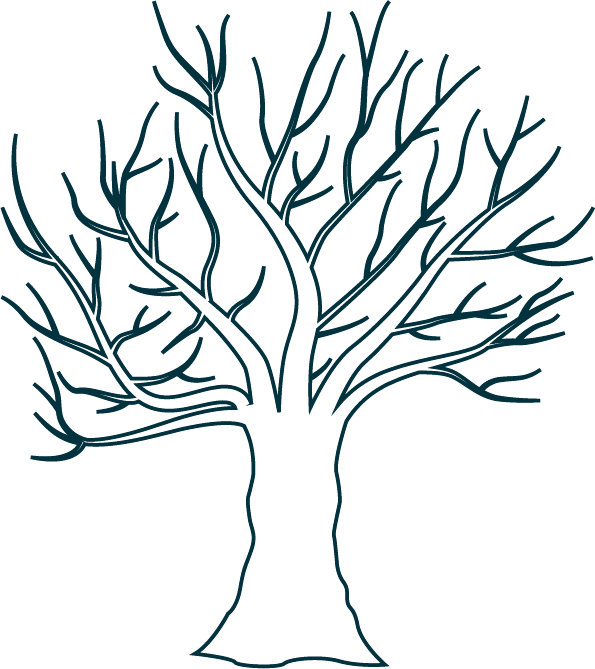


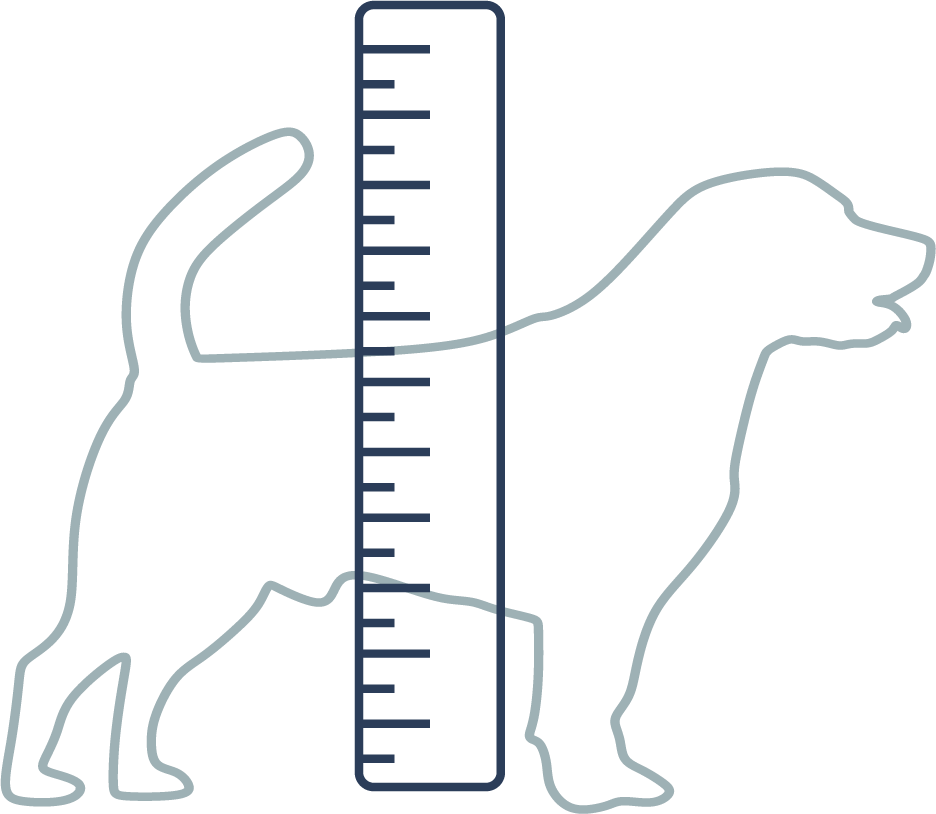


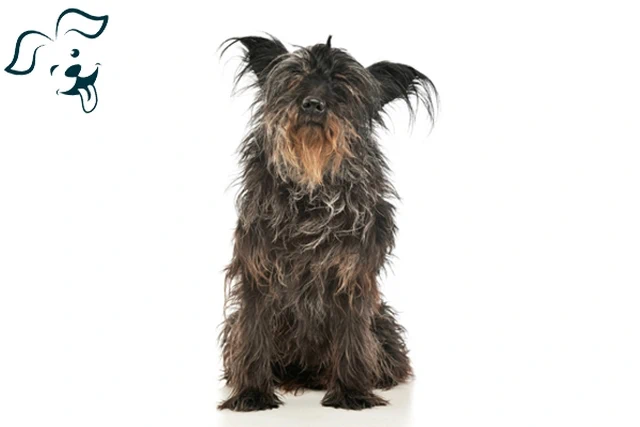
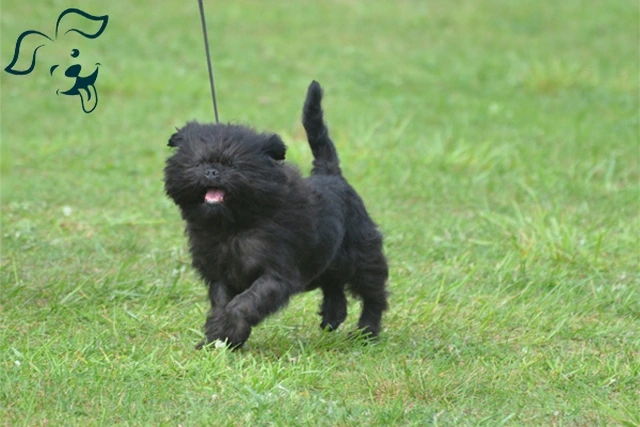
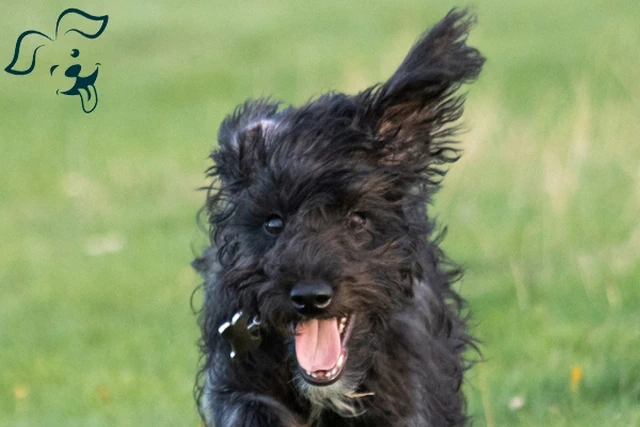
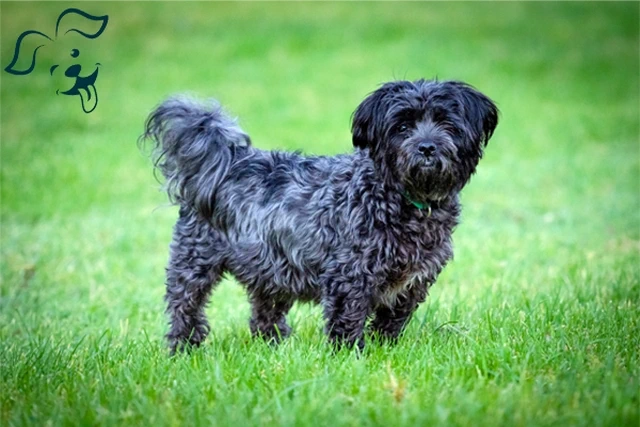

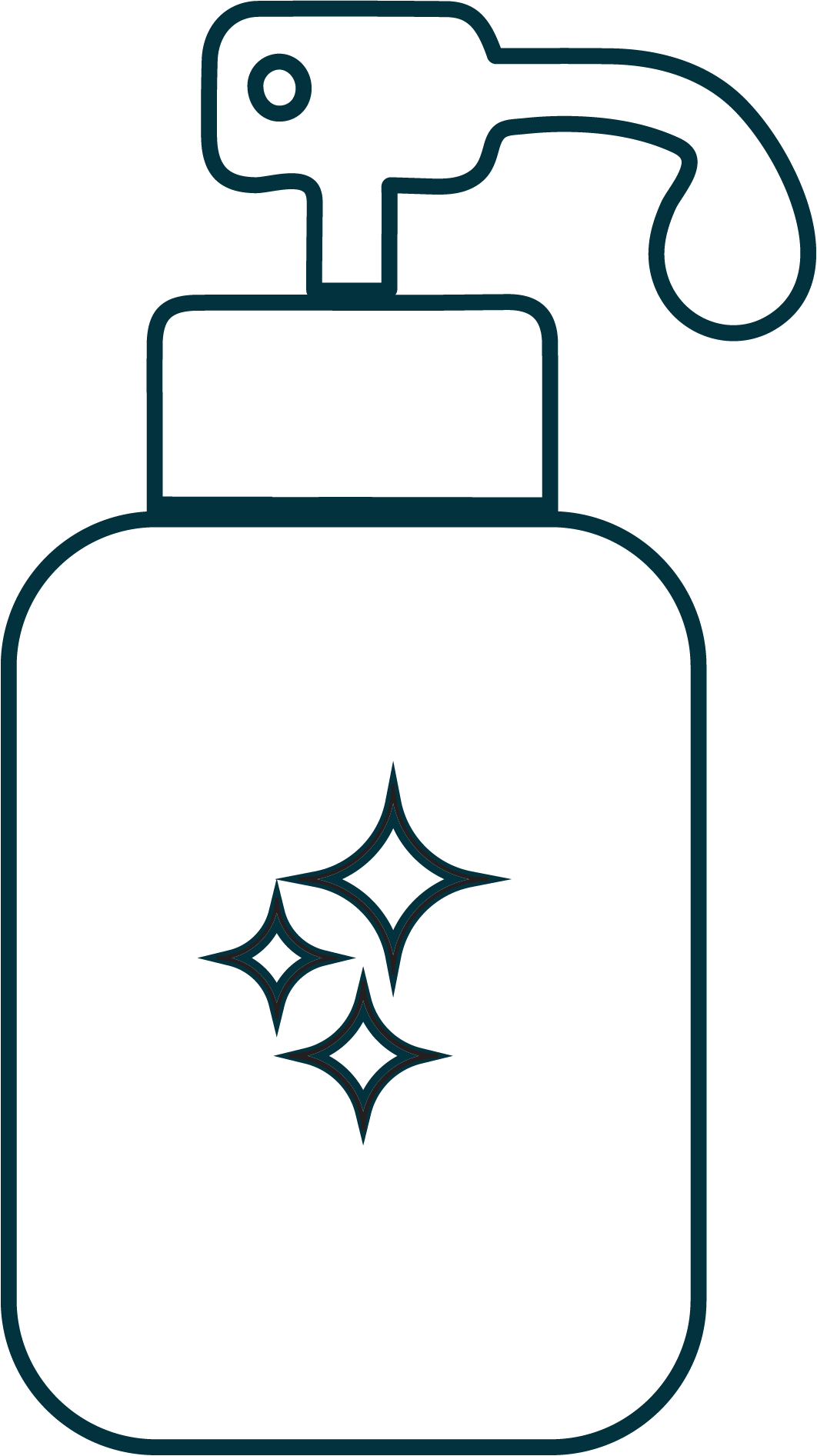




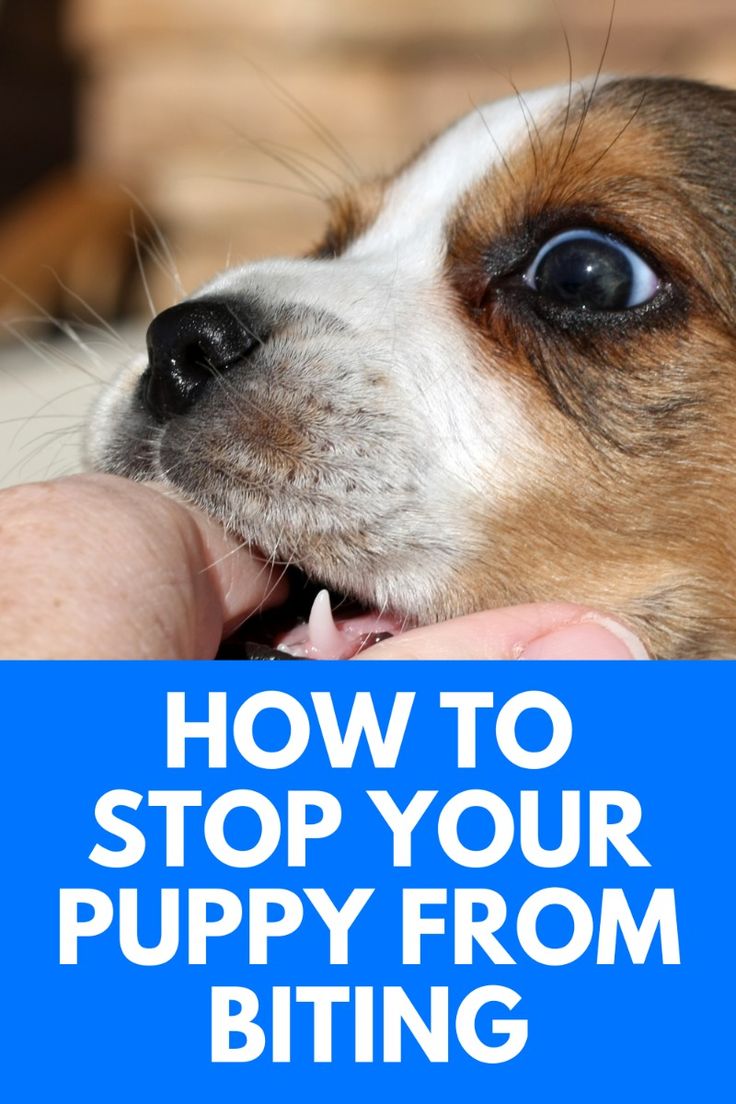
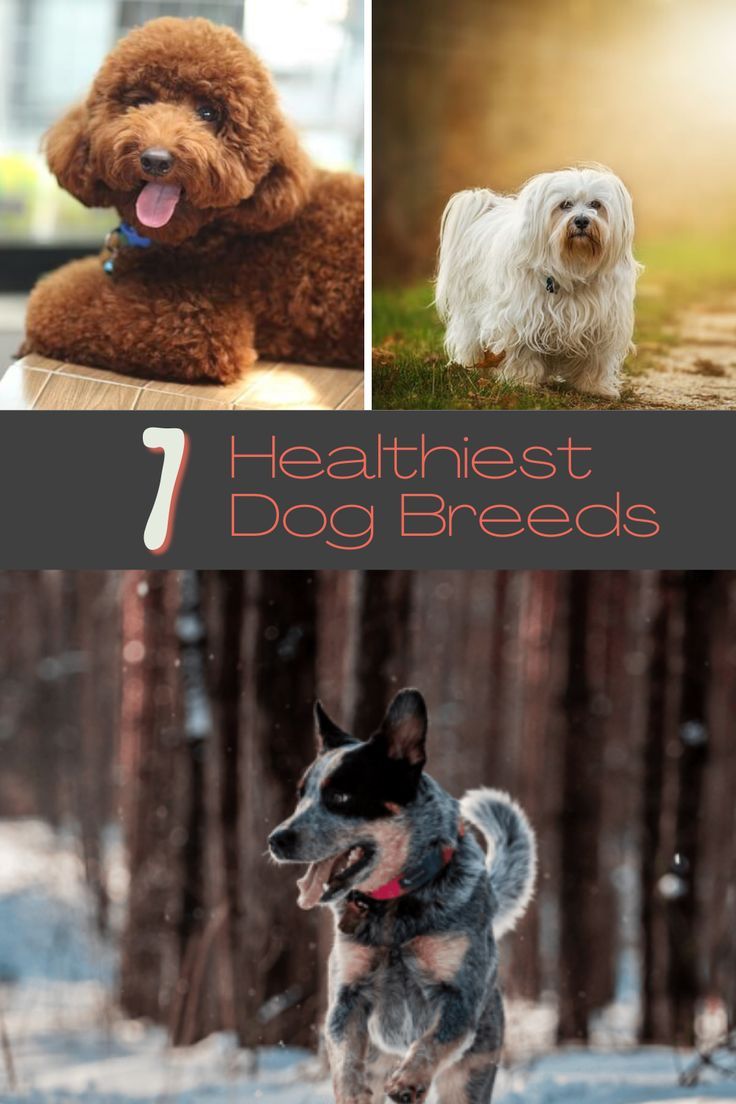

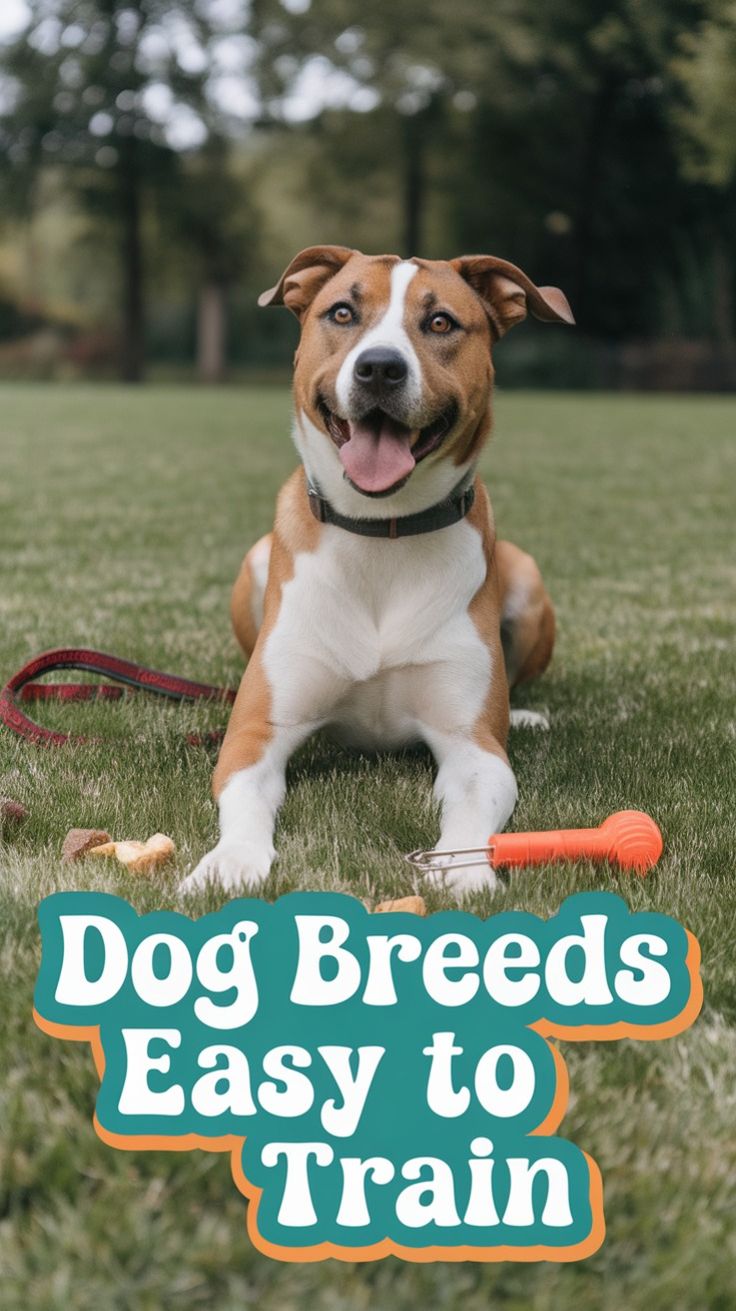
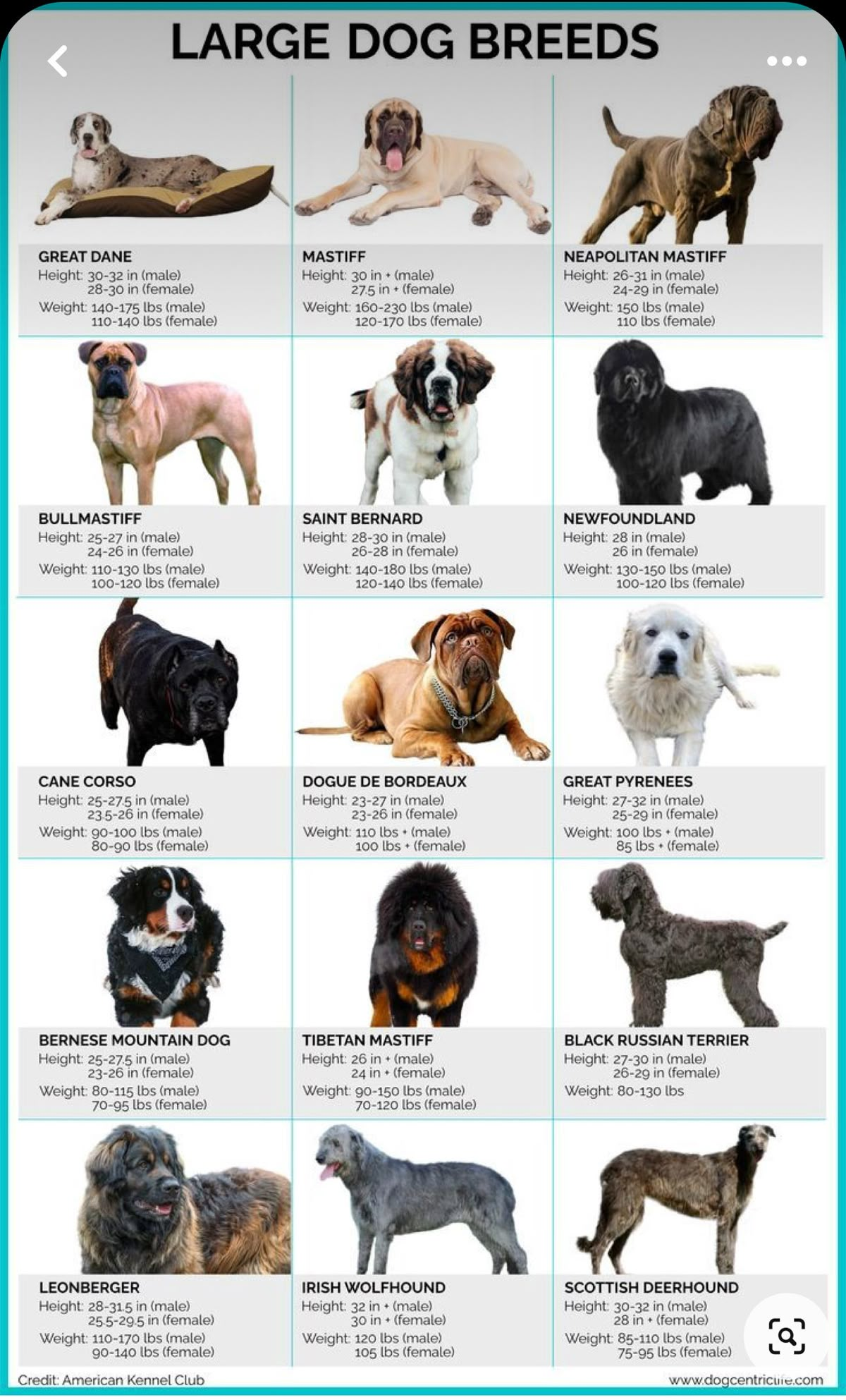

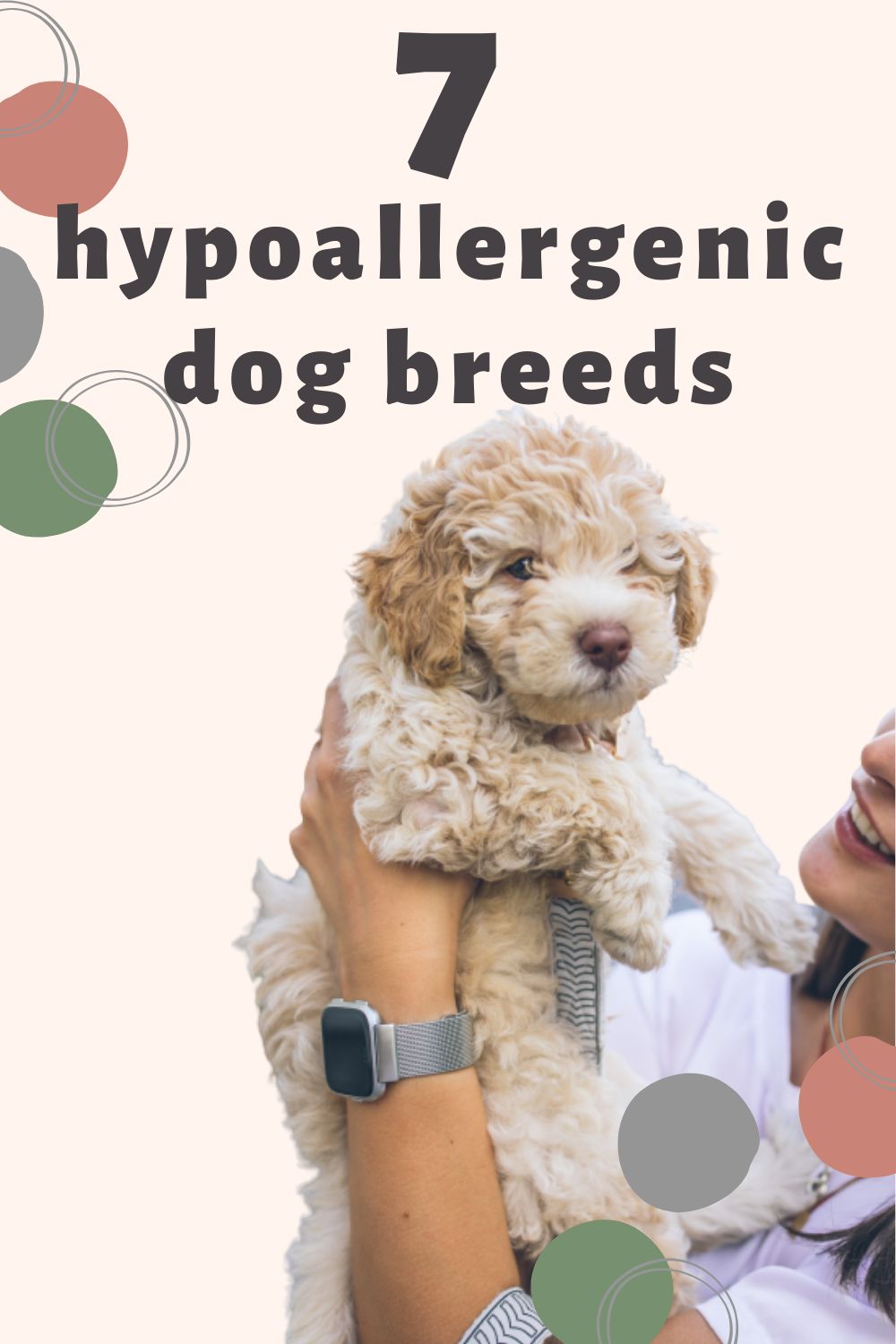
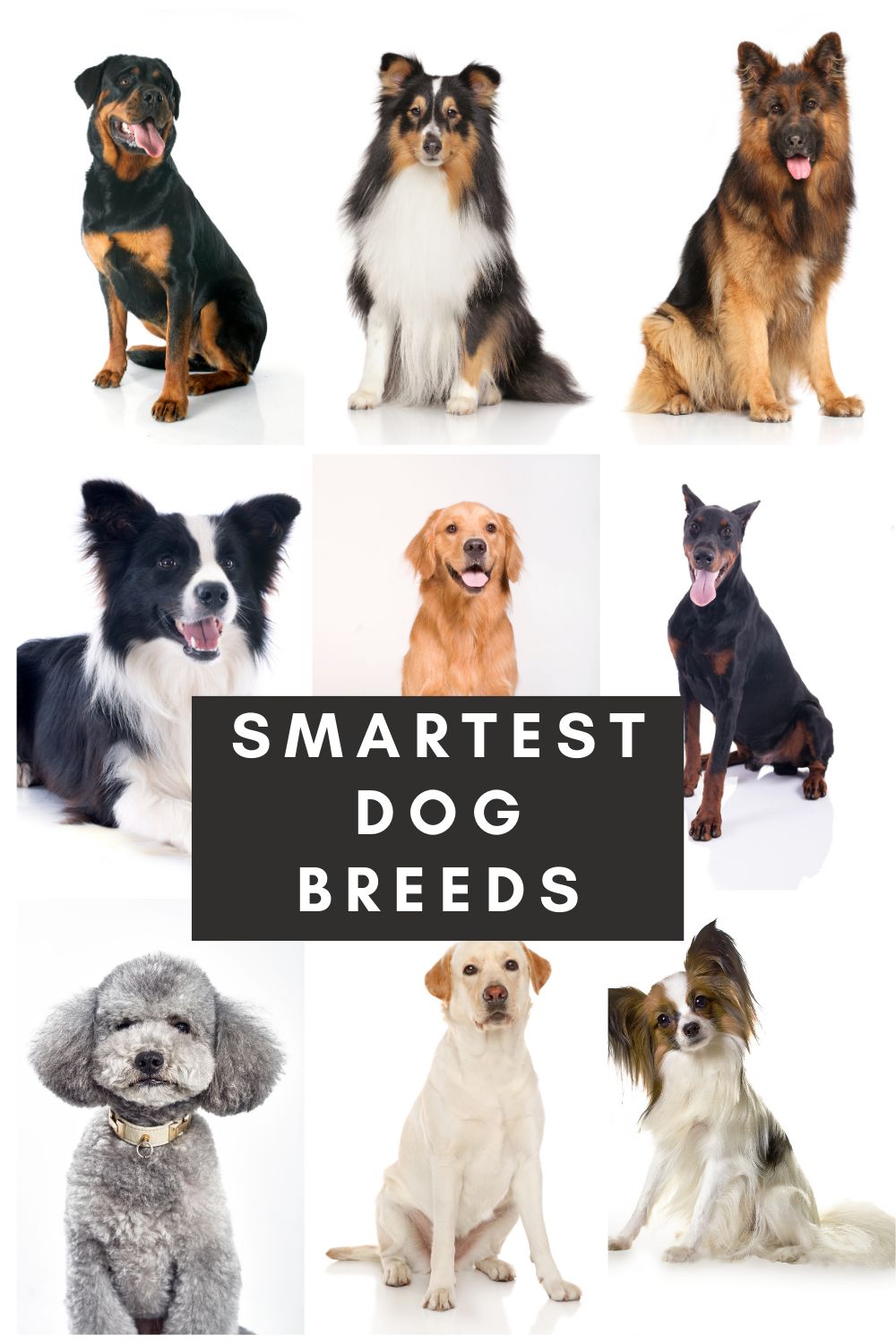
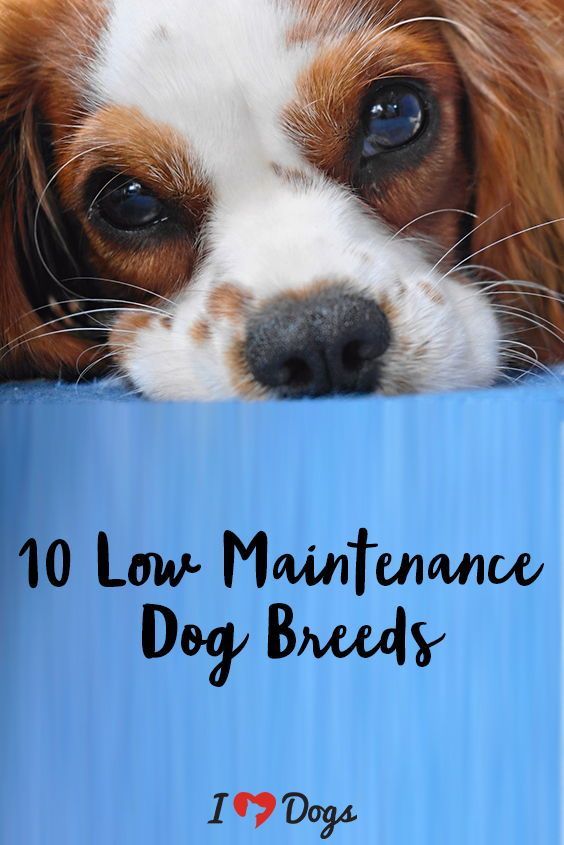


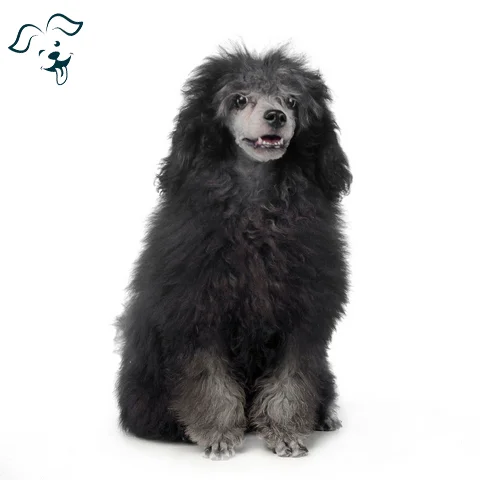
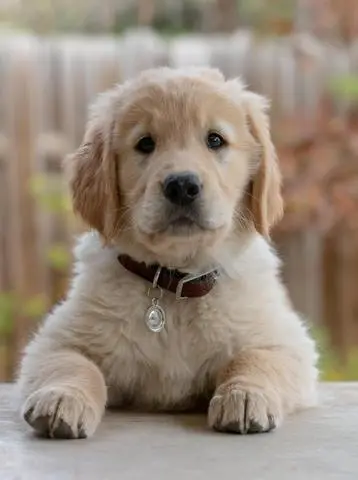
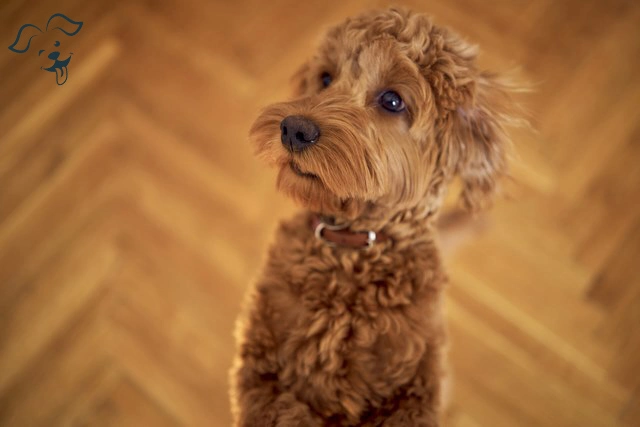
FRIENDLINESS
LIVELINESS
VIGILANCE INTENSITY
ADAPTATION CAPACITY